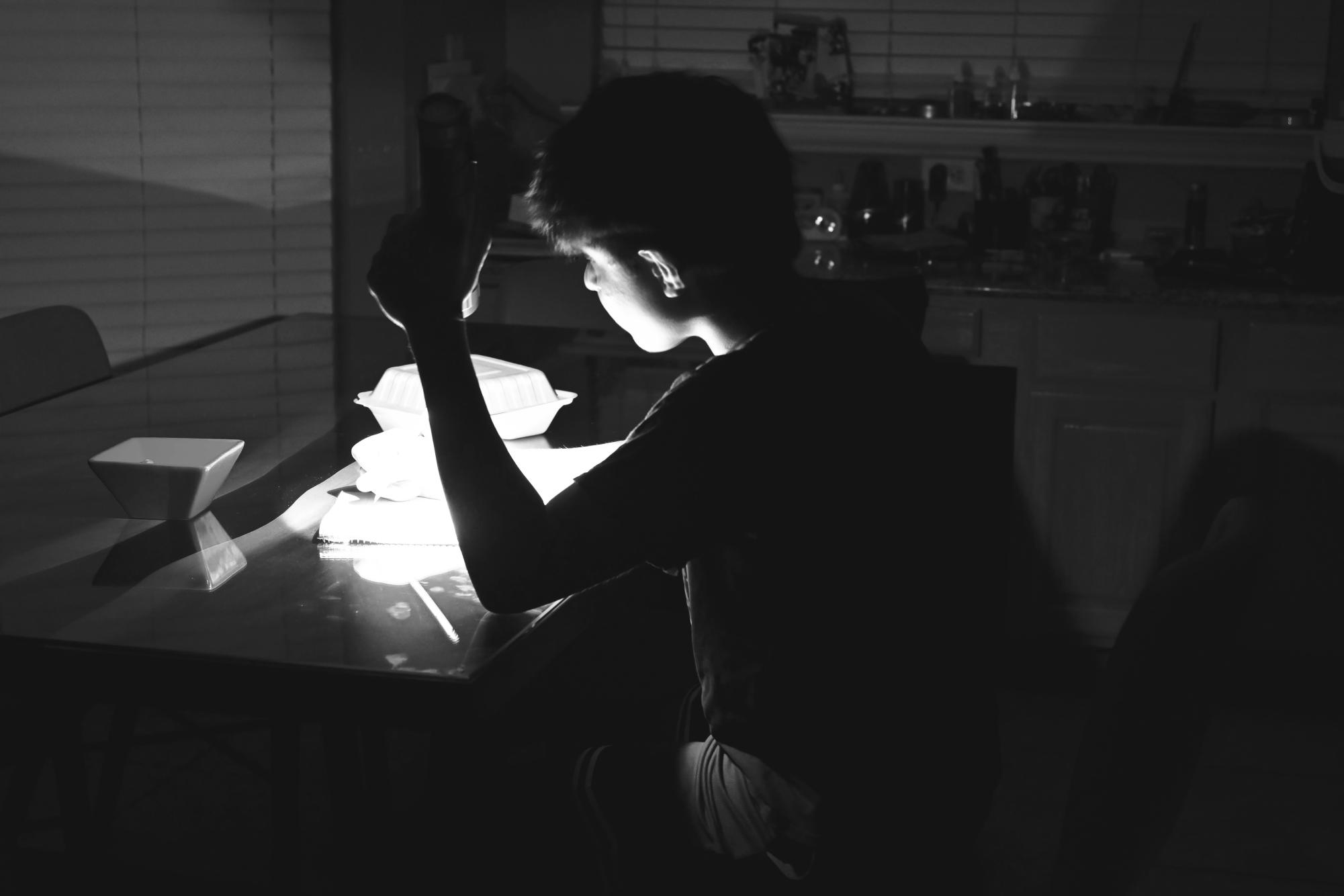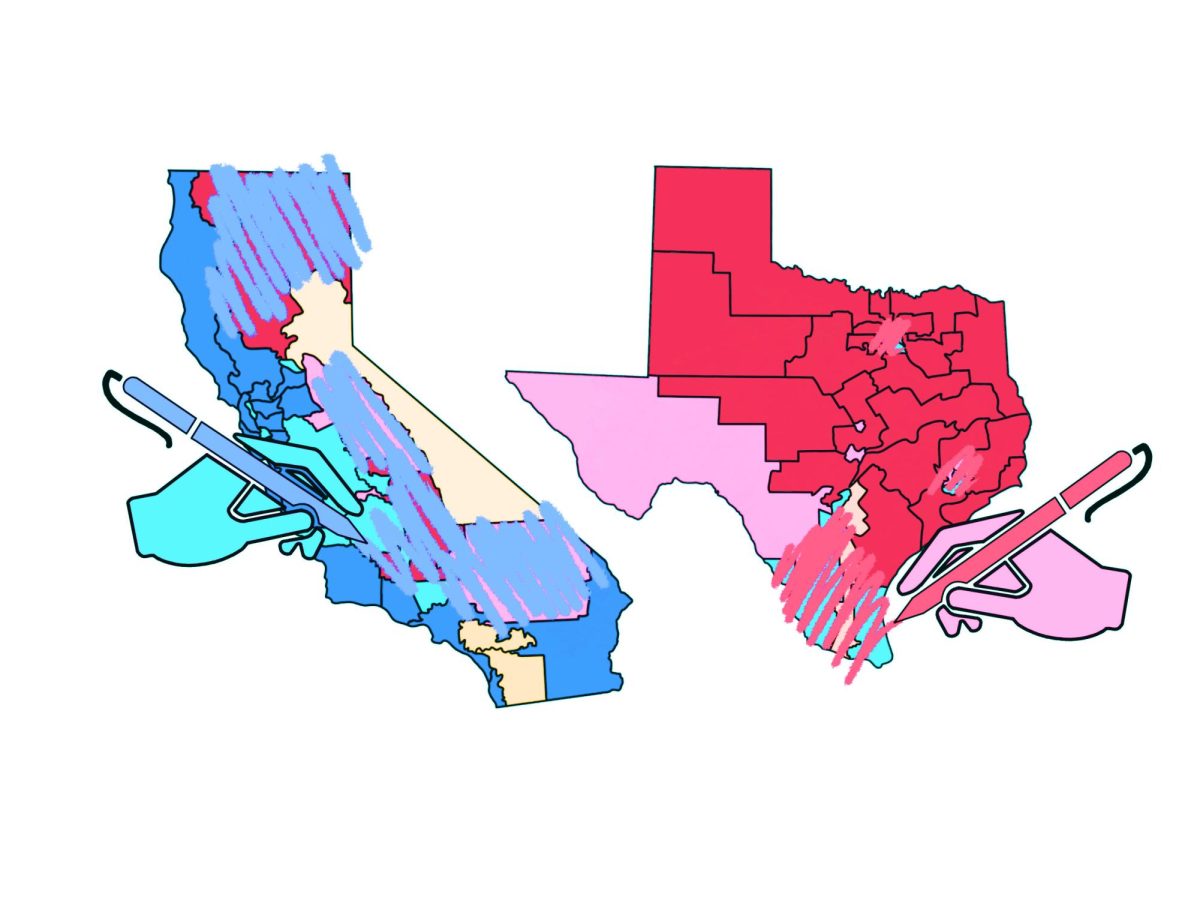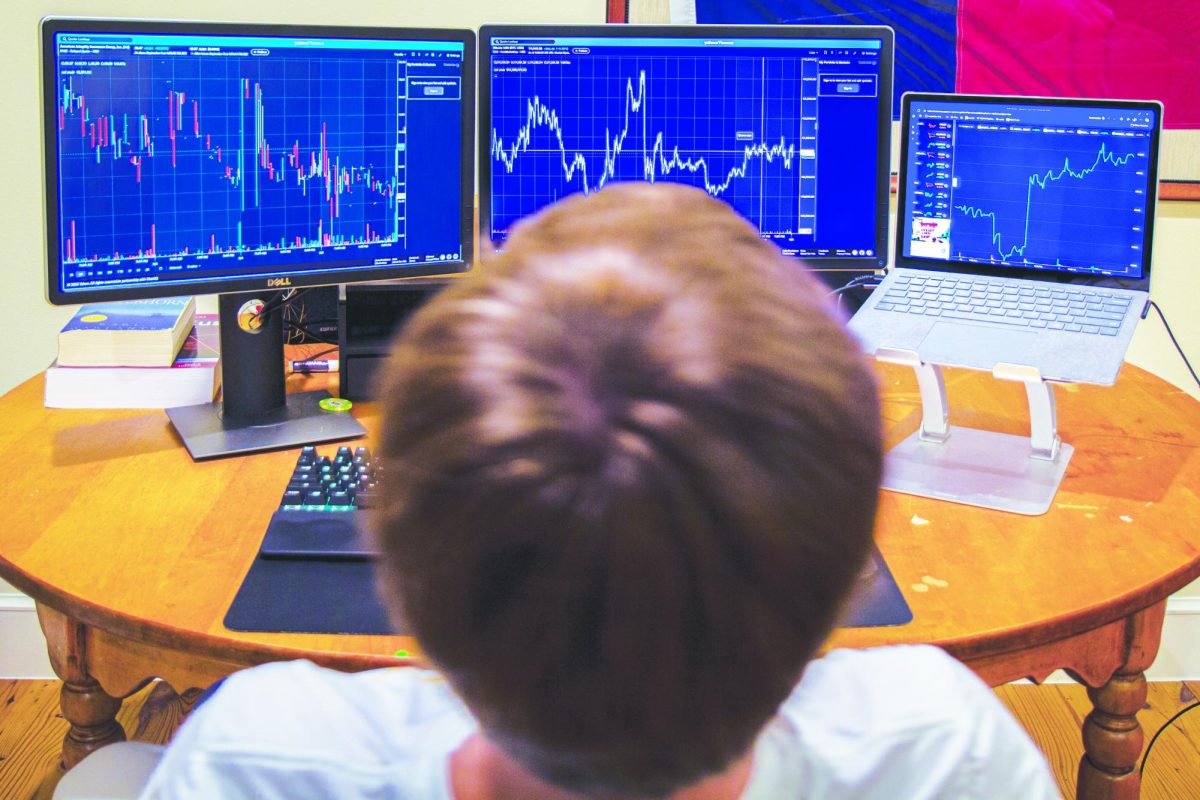When extreme weather hits Dallas, homeless shelters like the Austin Street Center step up and take on more responsibilities. Last year, during Winter Storm Uri, the shelter helped people in need across the city. The icy roads and collapsed power grid made connecting with vulnerable members of the community difficult. The conditions caused volunteers to be trapped inside their homes without power, resulting in the shelter becoming severely understaffed during one of the greatest weather disasters the city has faced.
In an attempt to bring in volunteers, Austin Street CEO Daniel Roby used his personal vehicle to shuttle volunteers from around the city to the center. He also used his car as a makeshift ambulance to help injured people get to hospitals.
“This guy drags himself in from the bus stop to the front door,” Roby said. “He was moaning and groaning the entire time, and we didn’t know what was wrong with him. Since it was next to impossible to call an ambulance during that time, we loaded him up in my car and drove him about two hours to the hospital. We found out after talking to the hospital that if we had not taken him to get care, he would not have made it through the night.”
Since Austin Street Center is located in an area with deteriorating infrastructure, the shelter made investments to prevent it from losing power, plumbing or air conditioning.
“We expanded our new shelter to about 60,000 square feet and opened up over 100 new beds. We also built a very large generator for the purpose of keeping the power on since a lot of blackouts happen in the area,” Roby said.
As this summer’s heatwaves caused record-breaking temperatures, state-wide power outages became more frequent. A northern Plano community endured extensive brownouts and blackouts, causing junior Akul Mittal to go without lights, internet or air conditioning for over two weeks.
“It was a pretty big struggle to do things like study since there was no power, since I couldn’t charge my laptop or anything,” Mittal said. “During the day, I’d spend as much time as I could at my friend’s house in another neighborhood so I could do my work, and my parents just went to work longer.”
Once the sun went down, the only source of light vanished.
“It did feel creepy at times, especially since there was no way to turn on the lights to check if there was something wrong with your house,” Mittal said. “I felt like I was being taken away from the comfort of my home. I had to use flashlights to do everything or even to go anywhere.”
The outages not only resulted in difficulty for Mittal’s family but also provided an opportunity for his community to bond with one another. Mittal would frequently see his neighbors helping each other throughout the blackouts.
“The houses that had power invited other houses to stay with them for the day to make sure that the other families weren’t suffering from the heat,” Mittal said. “If any one of the other houses didn’t have running water, we would invite them over to come use our shower. It was a cool experience and kind of gave me an opportunity to bond with people through the shared struggle.”
As more people move to Texas, Director of Environmental Studies Dan Northcut ‘81 believes the electrical infrastructure will continue to struggle.
“Politicians keep saying that Texas is open for business,” Northcut said. “They want more and more people to come because they can make money off them. They expect Texas to be a powerhouse, but the state hasn’t kept up with the infrastructure to deal with all these people coming to Texas.”
Skeptical about the improvements made to the power grid since the last extreme temperatures, Northcut isn’t sure what to expect this winter.
“The funding for infrastructure just gets smaller and smaller and smaller, and we pay the price with blackouts,” Northcut said. “If you want to live in a safe, decent society, you have to pay the price of paying more attention. If we began to have blackouts again, it wouldn’t surprise me at all.”
Even though Mittal made it through the summer, there is no telling how many more outages are to come, especially with the forecasted temperatures for this winter reaching critically low levels.
“We started buying more external heaters, blankets, and snow gear for tires on the chance the power does go out this winter,” Mittal said. “I hope I do not have to worry about another roadblock getting in the way of living my day-to-day life like it did this summer.”







